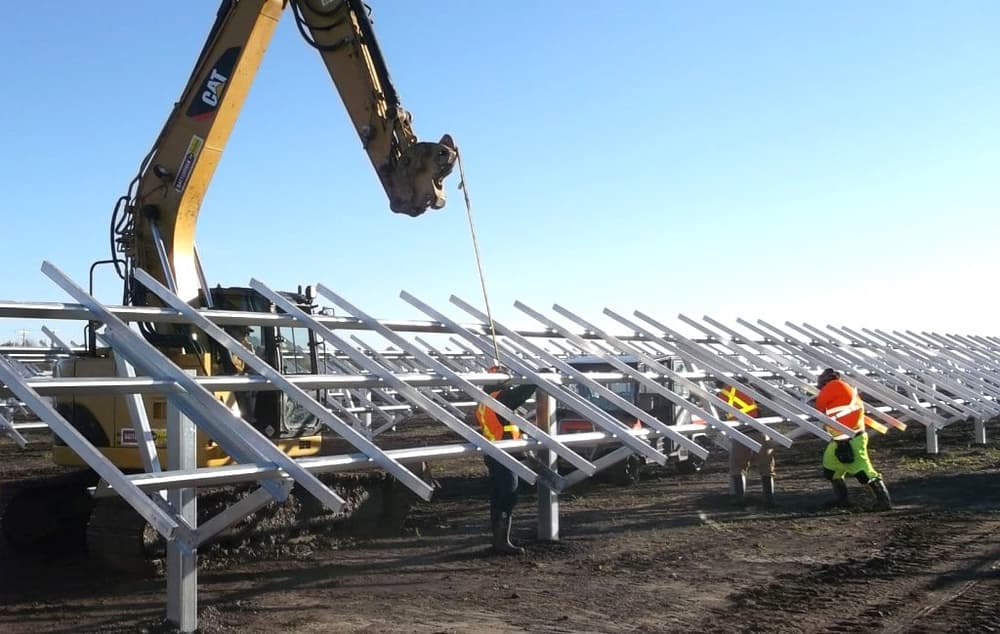Solar-powered generators centered in the path of totality will be affected the most, as the moon will block all direct sunlight for up to three minutes. According to NASA, this is the first time since 1918 that a total solar eclipse will traverse the whole country, from coast to coast.
A total solar eclipse across a large area of the USA on August 21 will affect approximately 1,900 utility-scale solar photovoltaic (PV) power plants in the country.
Solar-powered generators centered in the path of totality will be affected the most, as the moon will block all direct sunlight for up to three minutes. These generators will also be affected to a lesser extent throughout the entire eclipse event, which will last up to three hours.
However, relatively little solar PV capacity lies in the path of totality — where the sun will be completely obscured by the moon — and the North American Electric Reliability Corporation (NERC) does not anticipate the eclipse will create reliability issues for the bulk power system.

According to NASA, this is the first time since 1918 that a total solar eclipse will traverse the whole country, from coast to coast.
The total solar eclipse “begins near Lincoln City, Oregon, at 10:15am PDT,” NASA said on its website. “Totality ends at 2:48pm EDT near Charleston, South Carolina. The partial eclipse will start earlier and end later, but the total eclipse itself will take about one hour and 40 minutes to cross the country.”
Most affected will be 17 utility-scale solar PV generators in eastern Oregon, while hundreds of plants totaling about 4.0 gigawatts (GW) of capacity — mostly in North Carolina and Georgia — will be at least 90 percent obscured.

During the eclipse, electricity generators in the areas affected by the eclipse will have to increase output from other sources of electricity generation.
Although California is not in the path of totality, the state’s 8.8GW of utility-scale solar PV make up 40 percent of the country’s total capacity (as of May 2017). The California Independent System Operator (CAISO) estimates that California will experience a reduction in solar generating capacity of almost 4.2GW during the eclipse, which is estimated to partially darken the state from 9:02am to 11:54am PDT.
North Carolina has the greatest amount of installed PV capacity in the band that will be at least 90 percent obscured. As of May, the state totaled 2.8GW of utility-scale PV installations, or about 13 percent of the national total. Duke Energy, one of the largest utilities in North Carolina, estimates that solar energy output across their system will drop from about 2.5GW to 0.2GW at the height of the eclipse.

